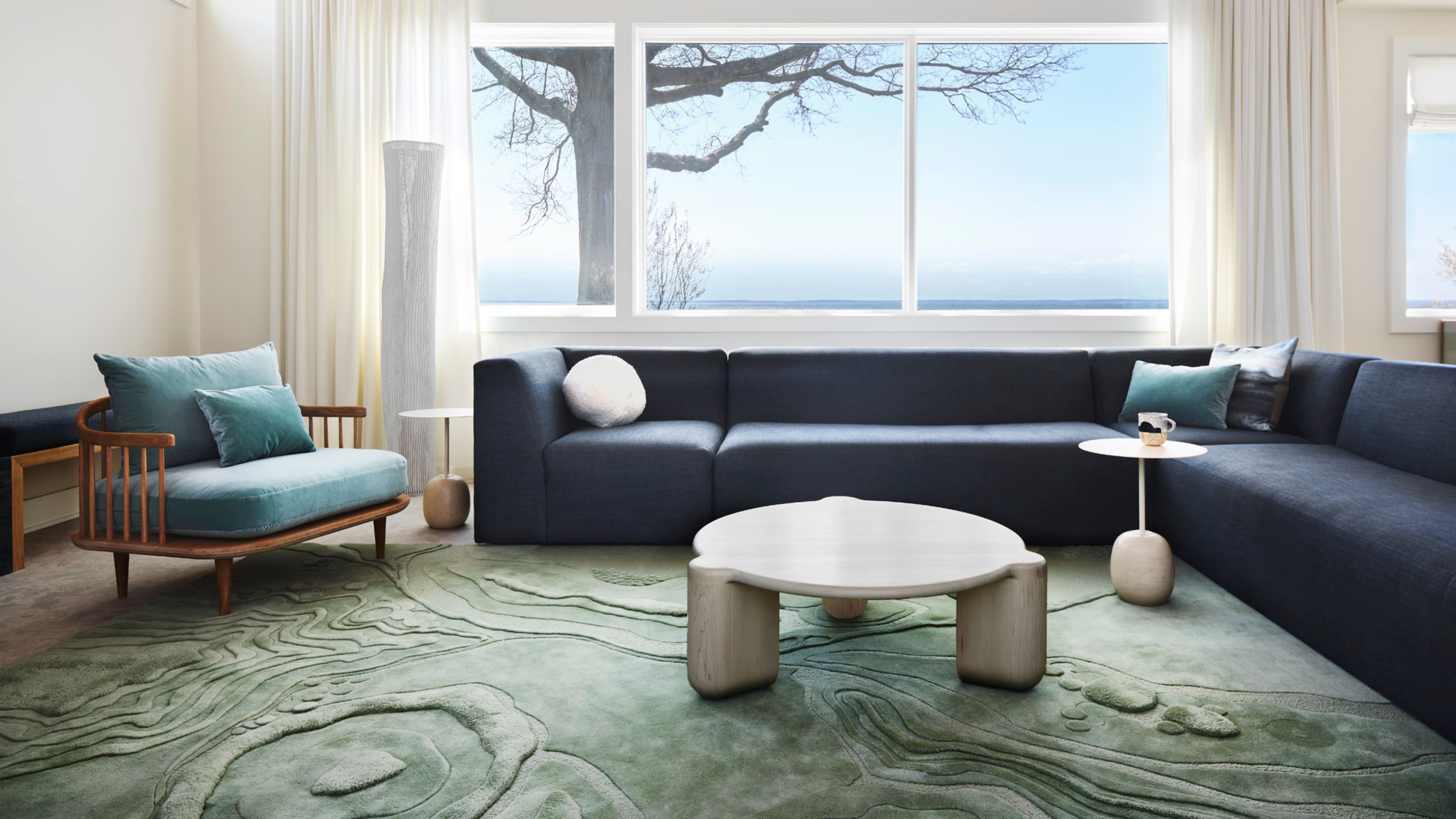
It could be said that rugs have suffered an injustice when it comes to the proverbial interior design leaderboard up to now. High up on the order is picking your favorite sofas and armchairs, or even deciding which wallpaper or paint sample to pick. In the process, these plush foundations fall much further down on the list of decision-making.
But the impact of decorating with rugs cannot be understated. Rugs present a sense of tactile and visual magic as they soften schemes and give our feet a warm welcome into spaces. Interior designers encourage us to consider these woven puzzle pieces early on the design journey to ensure a room looks and feels cohesive, comfortable, and well-proportioned.
Below, we took a closer look at the dos and don’ts of decorating with rugs, from considering its intent to its color palette, and beyond. Each designer’s expert advice illustrates the quality and craft that sits at the heart of these pieces and how important it is to find the best rug for you.
1. Do — Choose a Game-Changing Patterned Rug

This modern living room design realized by Cuppett Kilpatrick features a distinctive rug that bolsters the energy and vibrance that is found in the furniture, accessories, and art that fills this space.
“Purely simple architecture calls for an edited graphic color palette. In the case of this room, everything was selected to play off the client’s art," says Tim Cuppett, founder of Austin-based studio, Cuppett Kilpatrick. "The orange and red complement the blue shades in the art and rug. Because most of the other furnishings in the room are monochromatic, the pattern of the rug is important.”
A key point to note is that the rug here plays on shades of blue with the pattern, connecting it to the scheme but not being held hostage to it.
2. Do — Introduce Color and Contrast With Your Rug
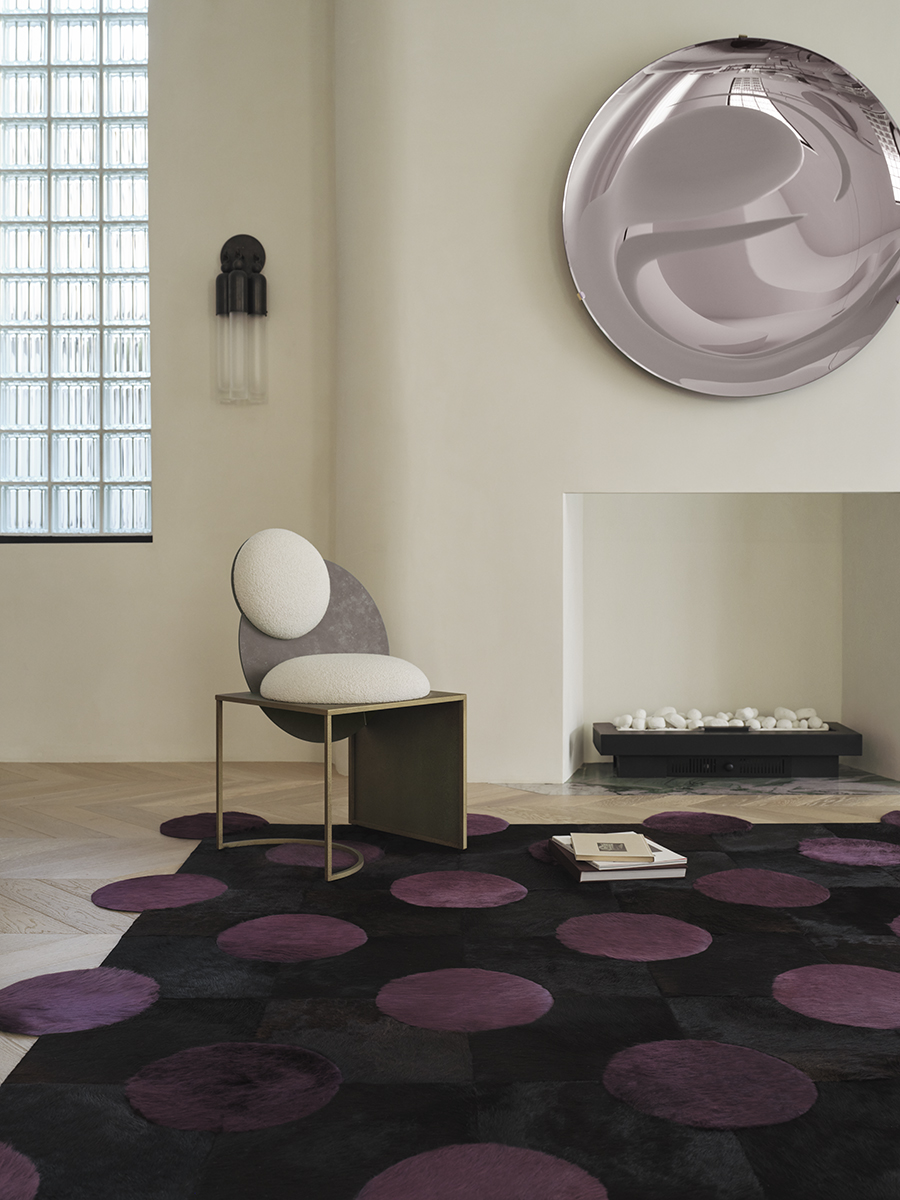
A statement rug is an impactful way of introducing contrast and color into your space.
"Rugs can shake up space by breaking up a neutral floor with a bold graphic and pops of color," says award-winning Australian interior designer, Greg Natale, referencing the dark rug from his own collection, which features polka dots dyed a deep purple that stands out against the pale foundation of this room. "It's playful, unexpected, and perfect for those who love a high-contrast look."
A strong rug can set the tone for the rest of the room as demonstrated in Greg's project, shown above, where the deep purple and black give the light-filled space gravitas and edge.
3. Do — Use Stripes to Add Fun to Formal Spaces
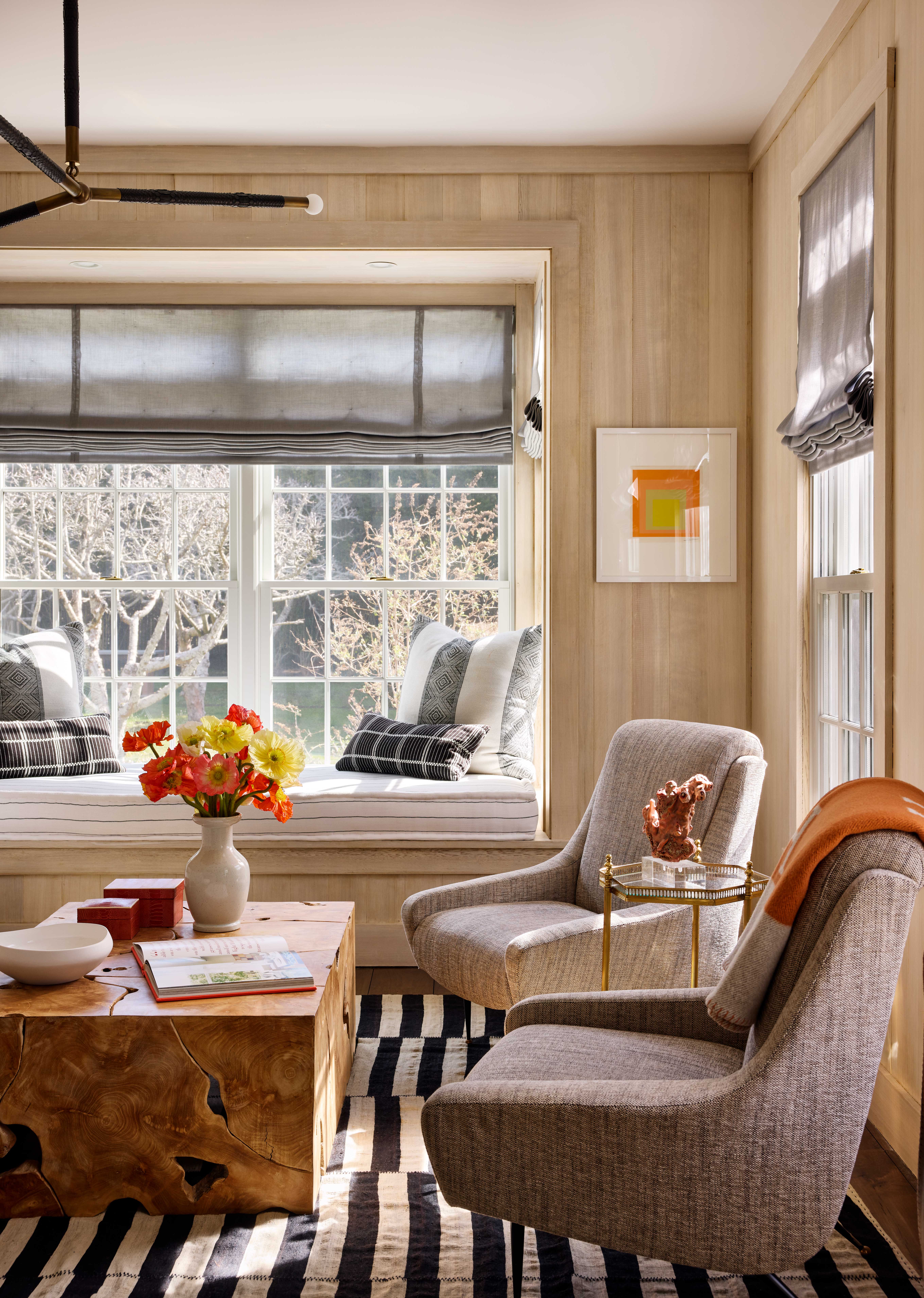
For Amagansett-based designer Alicia Murphy, founder of Alicia Murphy Design, rugs operate as more than a functional instrument in the scheme. For her project, shown above, she chose a playful black and white striped rug to offset the formality and elegance of the rest of the scheme. The balance that was achieved not only brings a sense of movement to the space but also pops wonderfully against the orange and yellow accents.
“I believe the rug can be the outlying, statement element in a room — since it creates the base layer of a space. I love the idea of putting a fun rug with color into a space and very neutral furniture on it — then you bring the color of the rug into the overall room through accessories, pillows, or ceramics,” she says.
4. Do — Reflect the Natural World Through Your Rug
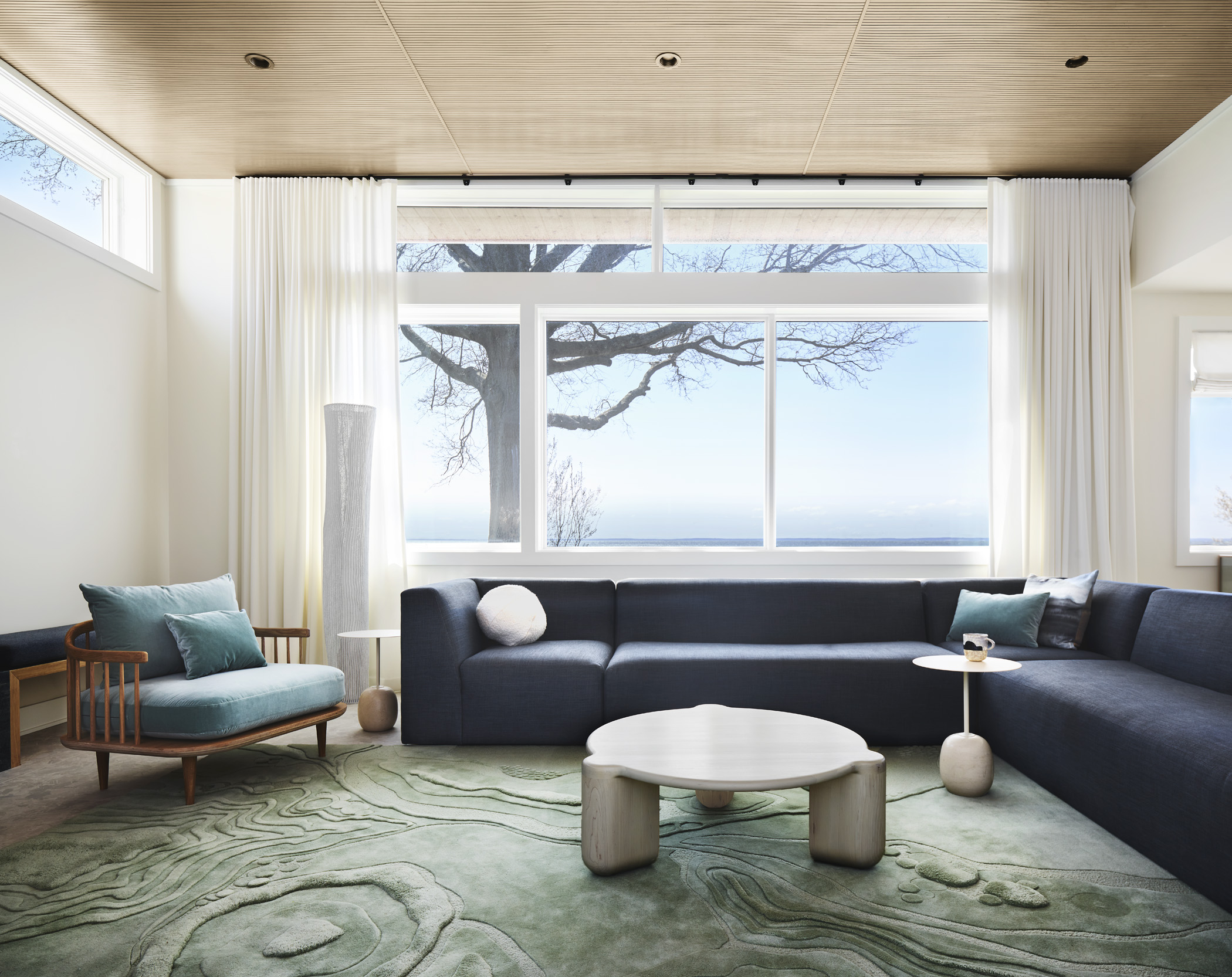
Framing the Connecticut landscape, this serene waterfront project designed by Boston-based designer Sashya Thind highlights the textural quality of rugs and how they can connect a scheme to the world outside. The beautiful seafoam hue is rippled across its dappled surface, creating a remarkable foundation for the clean and contemporary furniture.
“The rug selection was inspired by the landscape encompassing this home," she says. "The rug is by Angela Adams, a talented designer in Maine. She is celebrated for her ability to translate organic elements found in nature into beautifully woven wool rugs that adorn a home. They can be considered art."
When choosing your rug, don’t forget the importance of touching samples and seeing them in person where possible, as the texture doesn’t always translate in photos.
5. Do — Bounce Light Around the Room With Your Rug
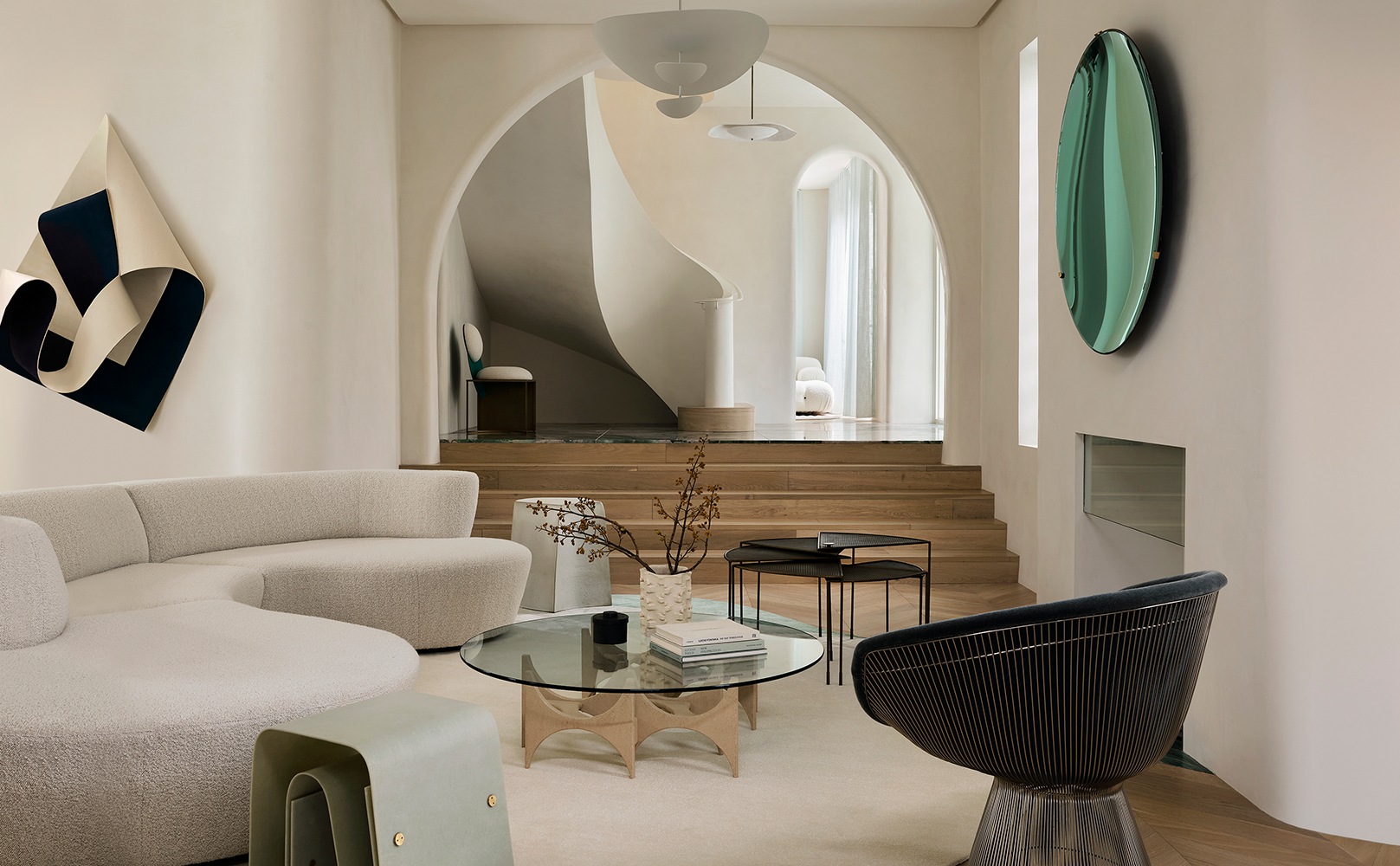
If ceilings are referred to as the fifth wall, rugs are not far behind in their ability to transform the ambiance of an interior. Covering such a wide expanse of space, lighter rugs work incredibly well to recreate the effect of light bouncing around the room, making the room feel bigger and brighter. This sentiment is felt in Greg Natale’s project, shown above, where the rug connects the floor to the ceiling and walls and opens everything up in the process.
"Light-colored rugs will boost a room's luminosity, bestowing an airy, ethereal atmosphere upon a space," says Greg. "In [this project], all the natural light from the windows and skylights reflects off the pale rug and bounces around the room, adding to the sense of openness. Light reflection is especially effective when paired with glass and mirrored surfaces. A rug like this is perfect for someone who loves the neutral, low contrast look and wants a bright, open home."
6. Don't — Forget the Room's Intent When Choosing a Rug
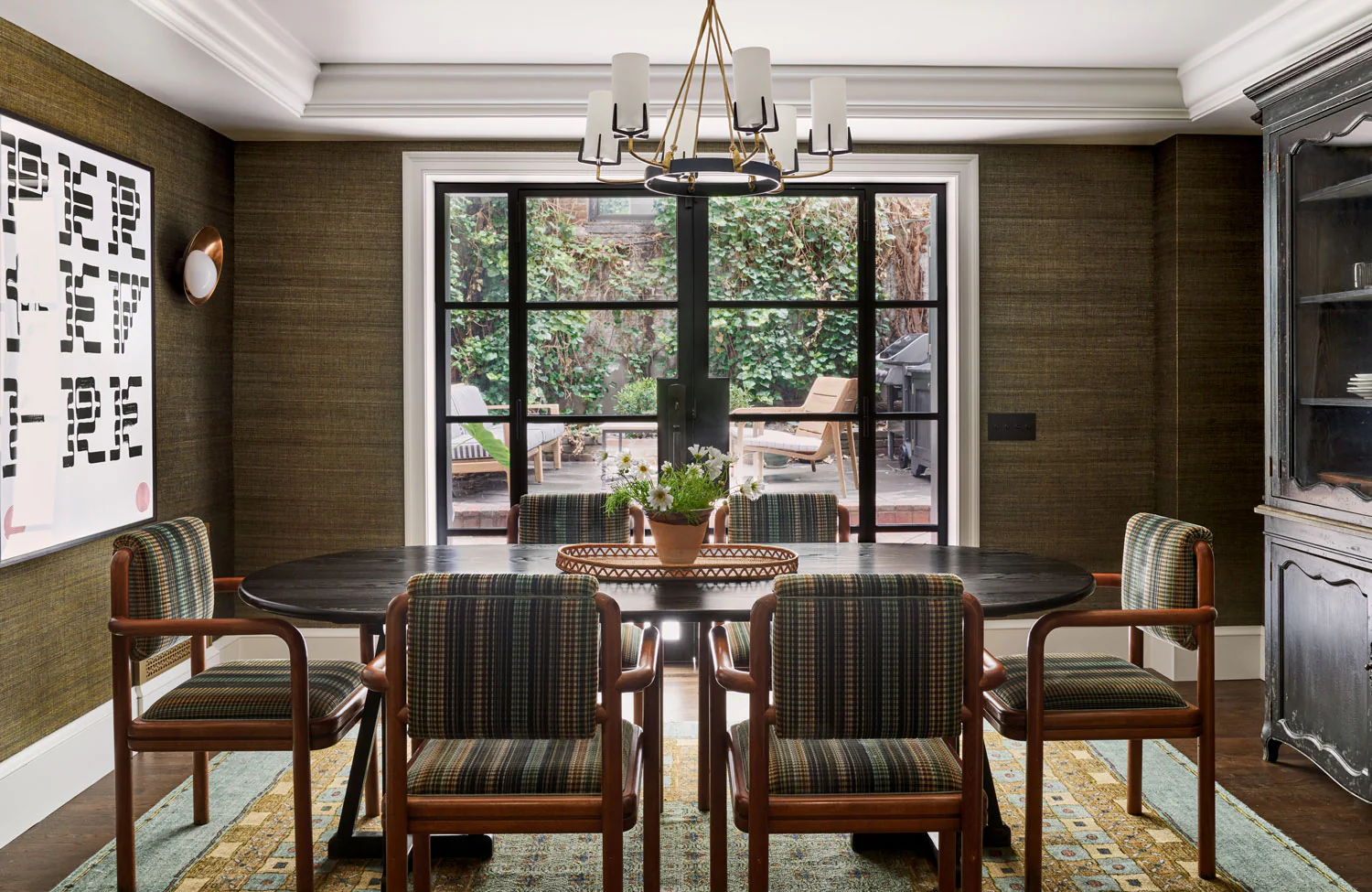
Your rug can also serve as the primary source of inspiration for your scheme. Ornate and enticing, color-rich rugs can offer you a ready-made palette from which to choose your furniture and finishes.
For Manhattan-based firm, Ward + Gray, the custom rug that sits in the dining room of their West Village project forms the foundation of the dining room. It’s softly washed sky and mustard tones are dialed up a notch in the coordinated Pierre Frey upholstery that covers each vintage chair.
“The light blues, the olive greens, and the mustards are colors found in the fabrics and wallpaper in the room and we pulled wool thread colors to help bring these colors into focus," explains Christie Ward, Co-Principal of Ward + Gray. "We love a subtle nod to the scheme without it feeling matched and too intentional.”
7. Don't — Always Match the Rug to the Decor
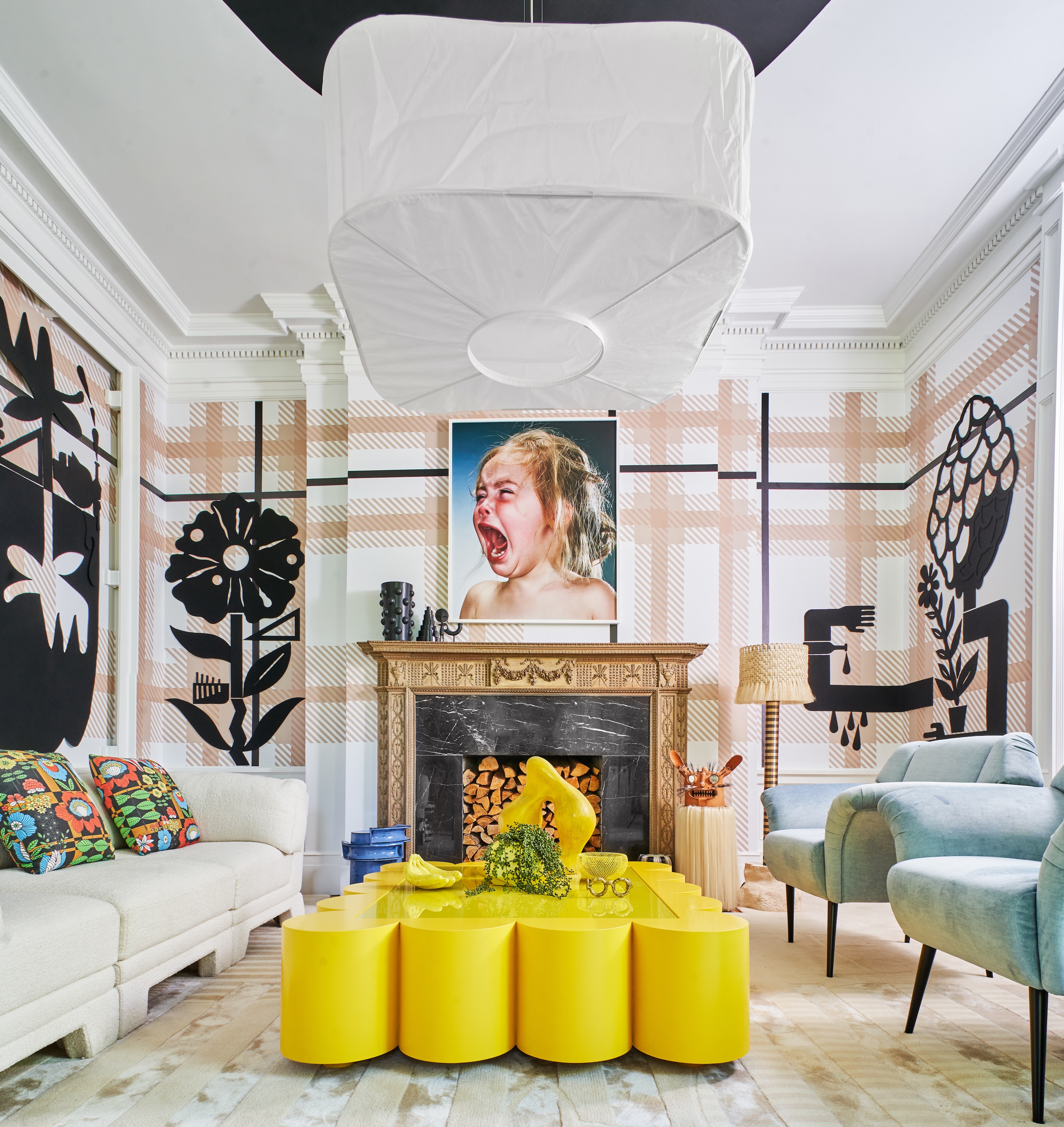
Contemporary designer, Ghislaine Viñas’s effervescent interior presents punchy doses of yellow at its core, all of which are tempered by the peach check print and softer vanilla and blue hues found on the walls and upholstery. The rug takes a softer approach to color but is in keeping with the room's use of pattern and texture. It feels at one with the room and doesn’t try to divert too much from its DNA.
This is the approach that the interior designer encourages when advising how to choose a living room rug; it must speak to the character of the space. "If you're going for eclectic and surprising, I would opt for something a bit different," she says. "However, if you're looking for something zen and calm, you may want to match your rug color with the rest of the room.”
8. Don't — Restrict Yourself to a Regular Sized Rug
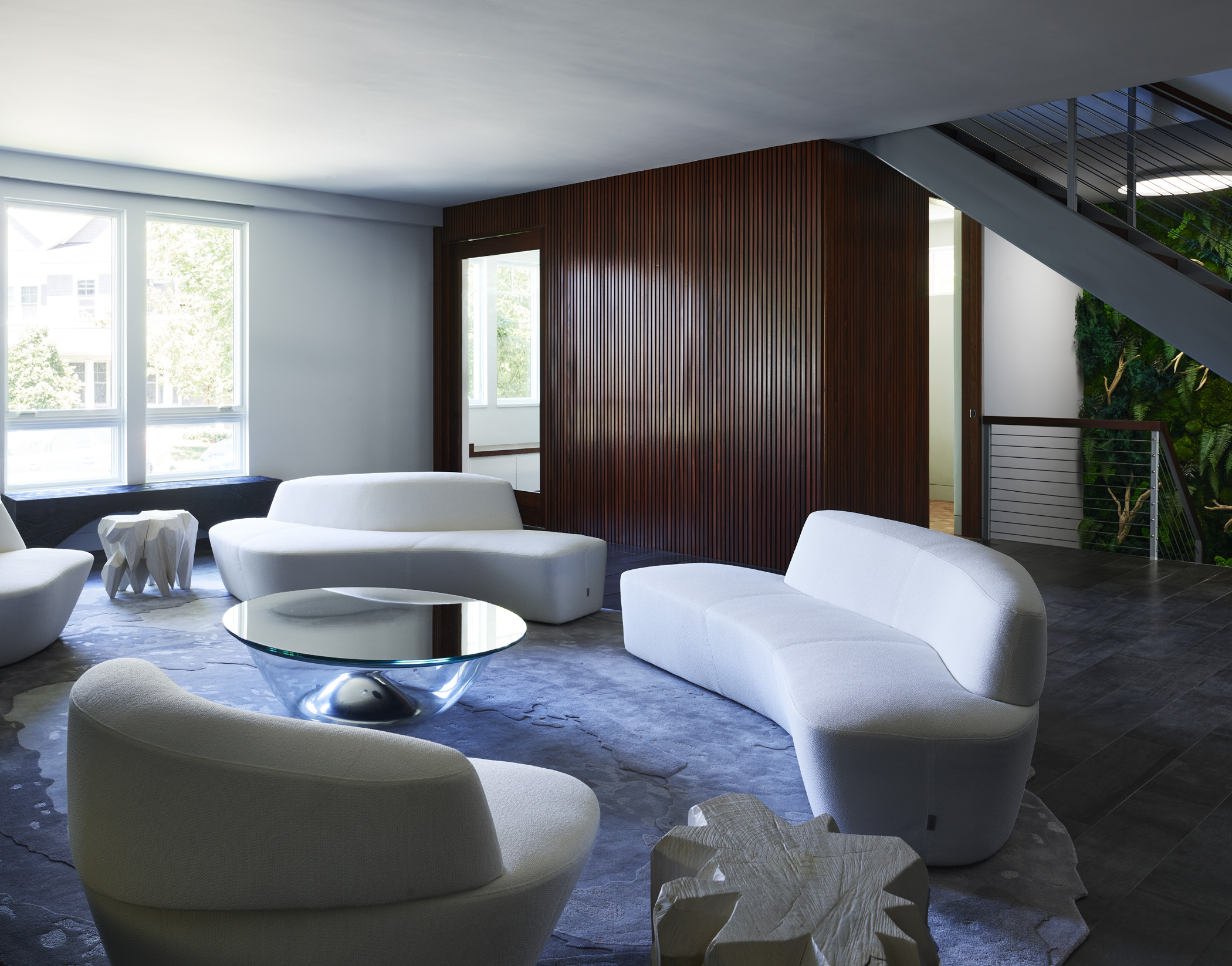
For this project, Bostonian designer Sashya Thind looked to create a custom wool rug that rejected tradition in favor of a more emotive and expressive form. It feels organic and elegant in the room and lends a cooler edge to the dark wooden paneling that decorated one side of the space.
“The rug is selected to enhance the forms we envision for the furniture while ensuring it either contrasts or blends into the floor surface," she says. "The shape was designed to fit the room and layout and called for this form to enable easy flow and traffic patterns while creating an intimate arrangement around the fireplace."
Although irregular shapes may feel like nothing but a current rug trend, this example proves that they retain a timeless quality when in perfect balance with the other present elements.
9. Don't — Pick the Rug Without Considering the Room as a Whole
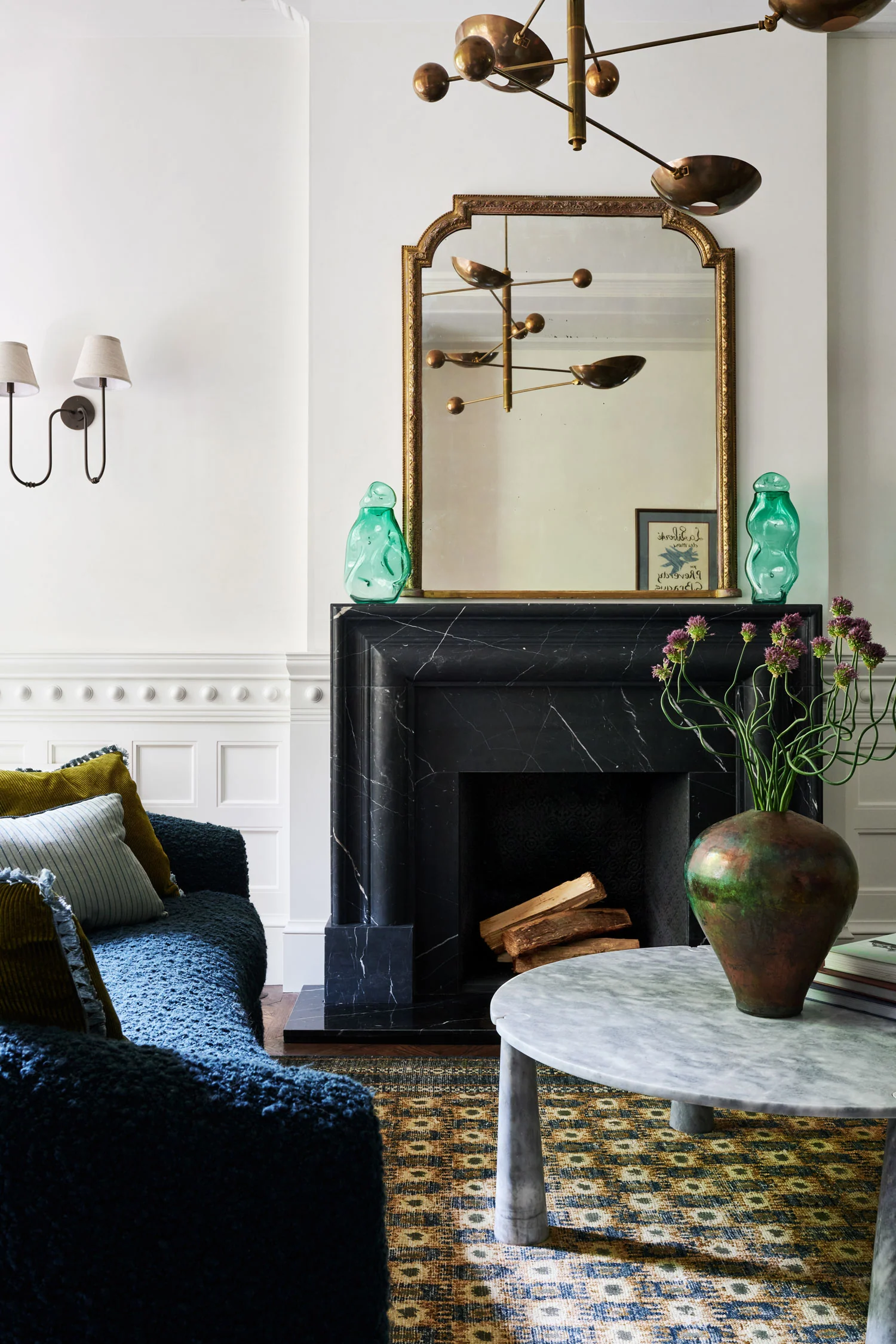
This approach works well for those who have already created the basis of their interior and are on a hunt to find the best rug to complete their vision. “When we design a rug, we prefer for it to have colors already found in the room so that it doesn't feel like a new and opposing idea,” advises Christie Ward, Co-Principal of Ward + Gray.
The designer’s advice comes to life in her grand parlor room project where the ikat-inspired rug brings in colors from the black stone fireplace and antique gold and olive-green accents.
“We pulled from the sofa pillow's olive-green tones as well as the Pierre Frey deep blue boucle on the sofa to inform the rug threads we selected,” she adds. Even if you can’t opt for custom, this approach still works well if you’re choosing an existing design — simply identify and collate each color in the room.
FAQs
SHOULD YOU MATCH YOUR DECOR TO YOUR RUGS?
Your rug choice is a personal one, so there isn’t a one-size-fits-all approach to apply. Instead, consider the functional requirements of the rug alongside the visual demands.
"A rug is a great way to introduce some color and graphic pattern into an interior scheme, but it has to make sense alongside the other elements it shares a space with," says interior designer Greg Natale. "There are subtle ways to style rugs and décor together that aren't so obviously matchy-matchy.”
If you do opt to match your rug and décor, an obvious benefit is a scheme that feels softer and more serene, as contrast often makes a statement in even the smallest of spaces. You can also match the rug with the décor to create the illusion of a larger room with higher ceilings and a greater expanse of space.
Ultimately, the choice must reflect your style and the impression the room intends to make.







